TRILUX Pillars and accessories
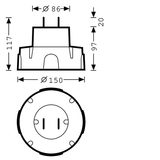
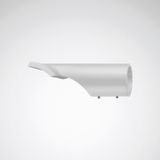
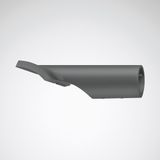
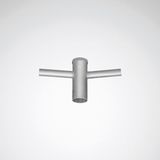
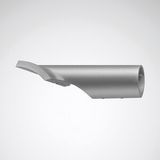

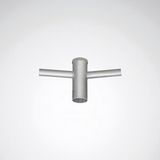
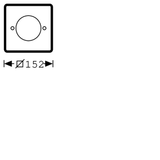
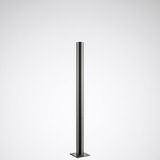



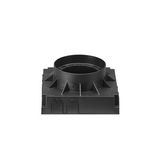



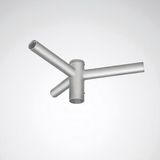
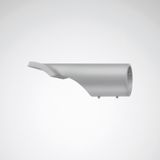
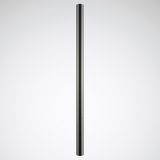


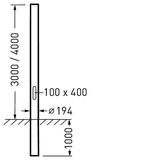
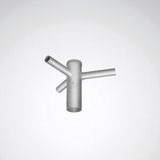
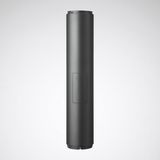

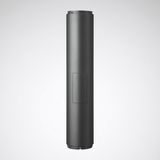
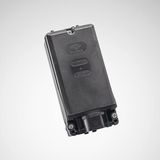




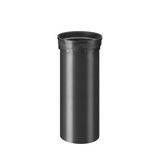
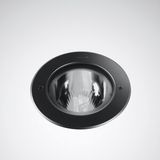
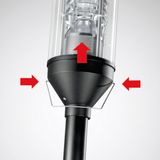
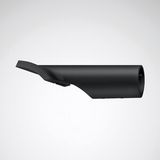
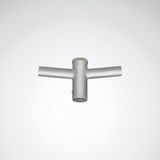



trilux lighting pillars performance for campuses and public realm
Lighting teams choose trilux lighting pillars when pedestrian areas need low-glare, even illumination with tight cut-off. Typical bollard heights sit between 300–1200 mm with symmetric or pathway-asymmetric optics that hold ULOR at 0 % and keep backspill out of façades. Lumen packages usually span 600–3 000 lm at 2700/3000/4000 K; CRI 70/80 are standard, CRI 90 is available for hospitality. Drivers run at PF > 0.90 with THD < 15 %, surge protection 6 kV line-to-neutral and up to 10 kV to earth. Aluminium housings (marine-grade coating options to C4/C5) and IK08–IK10 impact ratings survive car-park edges and public squares.
trilux bollard luminaires range and series overview
The trilux bollard luminaires family covers round and square heads, marker posts, and comfort variants with indirect screens. Forward-throw distributions push light along paths with 0–3° tilt to avoid hotspots; comfort caps deliver visual guidance at ≤ 1 cd/m² high angles. Expect L80/B10 ≥ 70 000 h at Ta 25–35 °C with CLO to maintain output over life. Control options include on/off, StepDIM, AstroDIM, DALI-2, and nodes prepared for Zhaga Book 18 where site sensors are planned.
trilux outdoor post lights technical specifications and standards
Specifying trilux outdoor post lights typically means: IP65–IP66 enclosures, −30…+50 °C operating window, silicone gaskets, and UV-stable lenses. Photobiological safety is tested to EN 62471 (RG0/RG1), impact per EN 62262, EMC to EN 55015/EN 61547, and luminaire safety to EN 60598-1 with relevant part-2 clauses. Thermal design keeps Tc below driver limits at full output; when bollards sit in sun-exposed plazas, derate curves are published. Electricals: 220–240 V AC 50/60 Hz, 3-pole or 5-pole through-wiring, terminals 0.5…4 mm² Cu with 0.6–1.2 Nm torque, and internal junction volume that accepts loop-in/loop-out without stressing conductors.
trilux garden lighting pillars applications and compatibility
Landscape contractors use trilux garden lighting pillars for hotels, campuses, and residential promenades where comfort and robustness matter. Asymmetric pathway optics set pole-to-pole spacing at roughly 3–4× mounting height on 3000 K schemes; warm 2700 K is preferred near planting to reduce insect attraction. Stainless fixings (A4) and isolating bushings prevent bi-metallic corrosion on ground plates. For sloped paving, adjustable base kits maintain vertical alignment and keep photometry consistent.
trilux pillar accessories integration with other brand products
A full set of trilux pillar accessories simplifies detailing: base plates and root foundations with bolt circles 160–200 mm, anti-glare louvres, vandal-resistant caps, cast-in cages, and in-base fuse/junction modules. DALI-2 integration is straightforward with Trilux street and façade ranges, and site-wide controls can add presence and ambient sensors via Zhaga sockets where fitted. Use 5-core cables for dimming networks, maintain 360° screen bonding at gland plates, and segregate SELV from mains in pedestal boxes for clean EMC.
trilux exterior bollard fixtures selection criteria for B2B buyers
When a tender names trilux exterior bollard fixtures, lock the following early:
- Optical task: pathway Type II/III for routes, wide symmetric for plazas; set spacings from photometric files rather than rule-of-thumb.
- Environment: confirm IP/IK, corrosion class, and wind exposure; choose C4/C5 coatings and A4 fasteners for coastal sites.
- Electrical: driver topology, surge class, and control—on/off vs DALI-2 vs AstroDIM—plus cable strategy for through-wiring.
- Civil works: foundation depth, bolt pattern, and conduit entry; ensure enough in-base volume for loop-through and sensor nodes.
trilux pathway lighting systems advantages of working with Bankoflamps
Project teams using trilux pathway lighting systems get procurement that tracks commissioning windows. You receive project-specific pricing, near-hour quotation by EAN/MPN, and live EU stock before crews are booked. The portal shows lead times, shipment tracking, and downloadable price lists with validity dates suitable for planning. Trusted clients can use post-payment up to 30 days. We consolidate partials so pillars, poles, louvres, junction modules, drivers, and sensors arrive room- or zone-bundled. Your dedicated account manager cross-checks wattage ranges, photometric targets, control topology, enclosure IP/IK, surge notes, and label sets against drawings—keeping deliveries site-ready across France, the Baltics, Germany, Spain, Italy, Belgium, and the Netherlands.
Cross-references for system design: pair these pillars with Trilux wall luminaires on façades, in-ground markers at crossings, and small floodlights for feature trees; DALI-2 control gear and Zhaga sensors stay consistent across the estate.